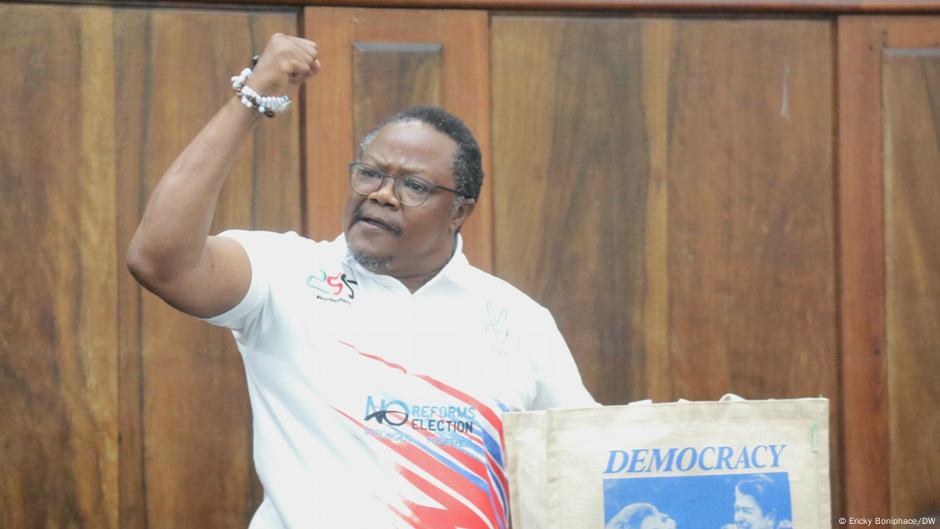Spotlight on the Global Social Policy and Social Protection Thematic Fund 2024 – ReliefWeb

Report on UNICEF’s Global Social Policy and Social Protection Thematic Fund and its Contribution to the Sustainable Development Goals
1.0 Introduction: The Challenge of Multidimensional Child Poverty
Millions of children globally are affected by poverty, which manifests across multiple dimensions. This situation presents a significant obstacle to the achievement of the 2030 Agenda for Sustainable Development, particularly SDG 1 (No Poverty). The key deprivations include:
- Lack of essential resources to meet basic needs.
- Inequitable access to critical services such as healthcare, as targeted by SDG 3 (Good Health and Well-being).
- Limited access to education, hindering progress towards SDG 4 (Quality Education).
- Inadequate protection from harm.
These early-life deprivations perpetuate a cycle of poverty, limiting future opportunities and undermining efforts to achieve SDG 10 (Reduced Inequalities).
2.0 Analysis of Investment Gaps in Social Protection
A primary challenge in addressing child poverty is the insufficient investment in social sectors. Data indicates that many national governments allocate less than 2 percent of their Gross Domestic Product (GDP) towards social protection measures designed to support children and families. This underinvestment directly impedes the establishment of robust social safety nets, which are crucial for achieving the SDGs.
3.0 UNICEF’s Strategic Response and Alignment with the SDGs
UNICEF is implementing a strategic approach to address these gaps through its Global Social Policy and Social Protection Thematic Fund. The organization’s core objectives are designed to accelerate progress on several SDGs.
- Developing Inclusive Social Protection Programming: By providing comprehensive policy solutions, UNICEF works to ensure that social protection systems are inclusive and effective. This directly contributes to ending poverty in all its forms (SDG 1) and reducing inequality within and among countries (SDG 10).
- Strengthening Public Finance Management: UNICEF focuses on transforming public finance to leverage greater and more efficient investment for children. This strategy supports the development of effective, accountable, and transparent institutions, a key target of SDG 16 (Peace, Justice and Strong Institutions).
4.0 The Role of the Thematic Fund in Driving Systemic Change
The Global Social Policy and Social Protection Thematic Fund is the primary mechanism for powering UNICEF’s work in this area. Through flexible, multi-year funding, the Fund facilitates systemic change that advances the Sustainable Development Goals.
- Driving Systemic Change: The Fund’s focus extends beyond providing cash assistance to fostering systemic reforms that build fairer, more inclusive societies for children, in line with SDG 10.
- Building Resilience: A key outcome is enhancing the resilience of children and families to economic and climate-related shocks, which is a critical component of SDG 1 (No Poverty) and SDG 13 (Climate Action).
- Ensuring Access to Services: By supporting comprehensive social protection, the Fund helps guarantee access to essential services, thereby making a direct contribution to SDG 3 and SDG 4.
1. Which SDGs are addressed or connected to the issues highlighted in the article?
- SDG 1: No Poverty
- SDG 10: Reduced Inequalities
- SDG 17: Partnerships for the Goals
2. What specific targets under those SDGs can be identified based on the article’s content?
SDG 1: No Poverty
-
Target 1.2: By 2030, reduce at least by half the proportion of men, women and children of all ages living in poverty in all its dimensions according to national definitions.
Explanation: The article directly addresses this target by stating that “Millions of children around the world live in poverty and experience poverty across multiple dimensions” and that UNICEF’s goal is to “end child poverty.” -
Target 1.3: Implement nationally appropriate social protection systems and measures for all, including floors, and by 2030 achieve substantial coverage of the poor and the vulnerable.
Explanation: The article’s core focus is on UNICEF’s “Global Social Policy and Social Protection Thematic Fund,” which aims to ensure “access to inclusive social protection” and drive “systemic change” in social protection programming.
SDG 10: Reduced Inequalities
-
Target 10.2: By 2030, empower and promote the social, economic and political inclusion of all, irrespective of age, sex, disability, race, ethnicity, origin, religion or economic or other status.
Explanation: The article emphasizes the need for “equitable access to services such as health care, education and protection” and mentions the fund’s objective of “building fairer, more inclusive societies for children everywhere.” -
Target 10.4: Adopt policies, especially fiscal, wage and social protection policies, and progressively achieve greater equality.
Explanation: The article highlights UNICEF’s work in offering “policy solutions on comprehensive and inclusive social protection programming” and transforming “public finance management” to support children, which are key fiscal and social protection policies aimed at reducing inequality.
SDG 17: Partnerships for the Goals
-
Target 17.1: Strengthen domestic resource mobilization, including through international support to developing countries, to improve domestic capacity for tax and other revenue collection.
Explanation: The article points out that “many countries allocate less than 2 per cent of their gross domestic product (GDP) to social protection measures,” indicating a problem with domestic resource mobilization. UNICEF’s work to transform “public finance management to leverage more investments for children” directly supports this target.
3. Are there any indicators mentioned or implied in the article that can be used to measure progress towards the identified targets?
Target 1.2: Reduce poverty in all its dimensions
-
Implied Indicator (related to 1.2.2): Proportion of children living in multidimensional poverty.
Explanation: The article explicitly states that “Millions of children around the world… experience poverty across multiple dimensions – lacking the resources they need to meet their basic needs, but also equitable access to services such as health care, education and protection.” Measuring the reduction in the number of these children is a clear way to track progress.
Target 1.3: Implement social protection systems
-
Mentioned Indicator (related to 1.3.1): Government spending on social protection as a percentage of GDP.
Explanation: The article provides a specific metric: “many countries allocate less than 2 per cent of their gross domestic product (GDP) to social protection measures.” This percentage is a direct indicator of the level of investment in and implementation of social protection systems.
4. Table of SDGs, Targets, and Indicators
| SDGs | Targets | Indicators |
|---|---|---|
| SDG 1: No Poverty |
1.2: Reduce at least by half the proportion of people living in poverty in all its dimensions.
1.3: Implement nationally appropriate social protection systems for all. |
(Implied) 1.2.2: Proportion of children living in poverty in all its dimensions.
(Related to) 1.3.1: Proportion of government expenditure on social protection programs as a percentage of GDP. |
| SDG 10: Reduced Inequalities |
10.2: Empower and promote the social, economic, and political inclusion of all.
10.4: Adopt policies, especially fiscal and social protection policies, to achieve greater equality. |
(Implied) Equitable access to services (health, education, protection) for children.
(Implied) Adoption of inclusive social protection policies. |
| SDG 17: Partnerships for the Goals | 17.1: Strengthen domestic resource mobilization. | (Related to) 17.1.1/17.1.2: Government budget allocated to social protection measures as a proportion of GDP. |
Source: reliefweb.int

What is Your Reaction?
 Like
0
Like
0
 Dislike
0
Dislike
0
 Love
0
Love
0
 Funny
0
Funny
0
 Angry
0
Angry
0
 Sad
0
Sad
0
 Wow
0
Wow
0



























;Resize=805#)

















































